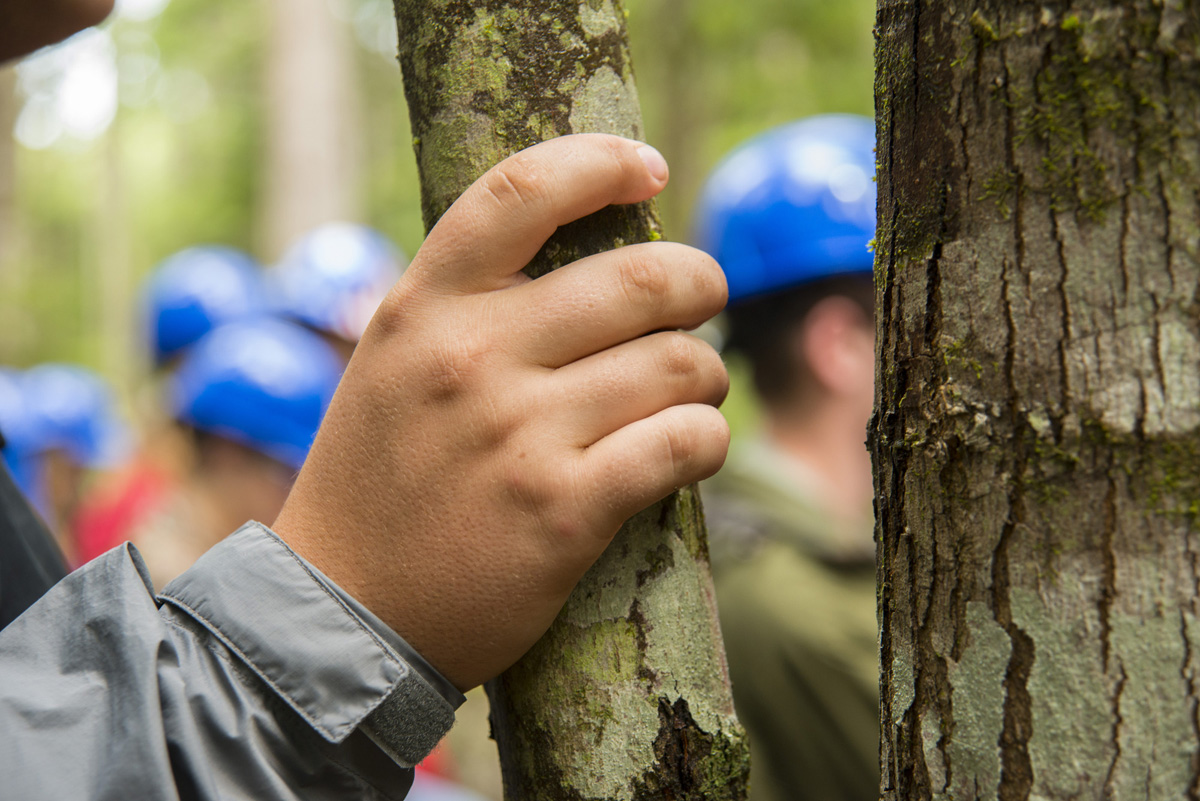
Increasing Maine forest product diversity
The improved ability to evaluate suitability of Maine wood species for new markets and applications can help provide consistent demand for wood from sustainably managed Maine forests, which in turn will help sustain the economies of rural communities that rely on the forest products industry. The continued viability of a vibrant cluster of forest products manufacturers can also help maintain Maine forests as working landscapes while maintaining other forest values such as wildlife habitat, watershed protection, recreational opportunities, and the increasingly recognized important attribute of carbon sequestration. To this end, the researchers will (1) evaluate the mechanical properties of structural lumber manufactured from a Norway spruce, a plantation species planted in Maine and through the northeastern US, (2) determine the plate behavior of laminated strand lumber (LSL), (3) determine viscoelastic and mechano-sorptive response of wood composites including LSL and, OSB and (4) conduct an environmental assessment of the manufactured forest bioproducts from Maine species. One expected major outcome is the generation of information on behavior of Norway spruce lumber which could lead it to be incorporated into the spruce-pine-fir south (SPFs) species grouping for structural lumber. The identified issue of assessment of design values for Norway Spruce and its incorporation into the existing spruce-pine-fir South (SPFs) grouping for grading purposes is a top priority for Northeast Lumber Manufacturer (NeLMA) member softwood sawmills. Based on conservative usage estimates, the value to being able to use this resource by the lumber industry is estimated to be in excess of $850,000 annually, with an additional value to the landowner of over $600,000 to be able to market the species.
Investigator: Shaler, S.
Unit: School of Forest Resources
Termination Date: 30-Sep-18
